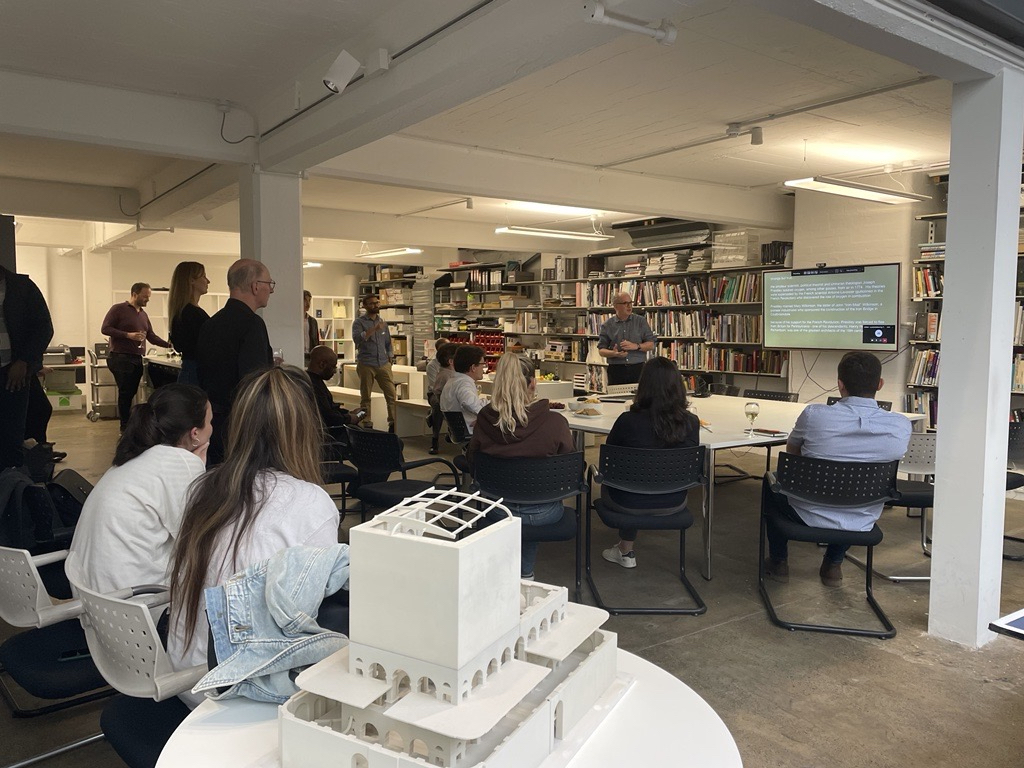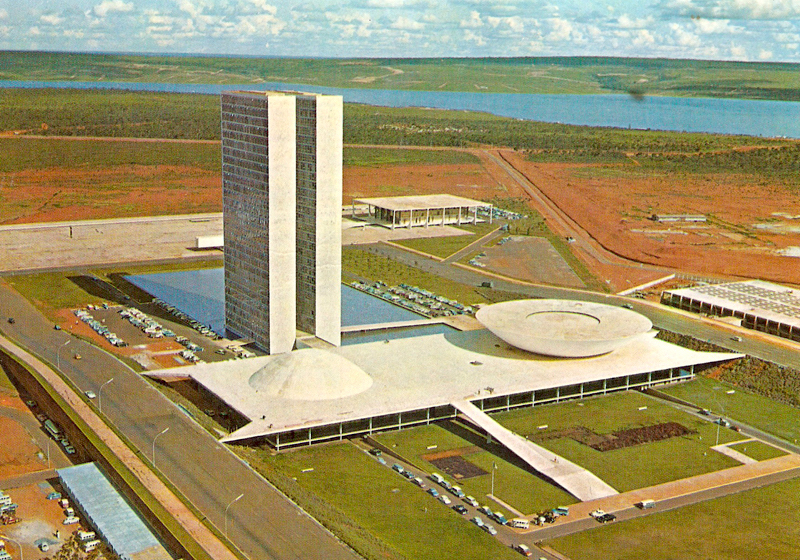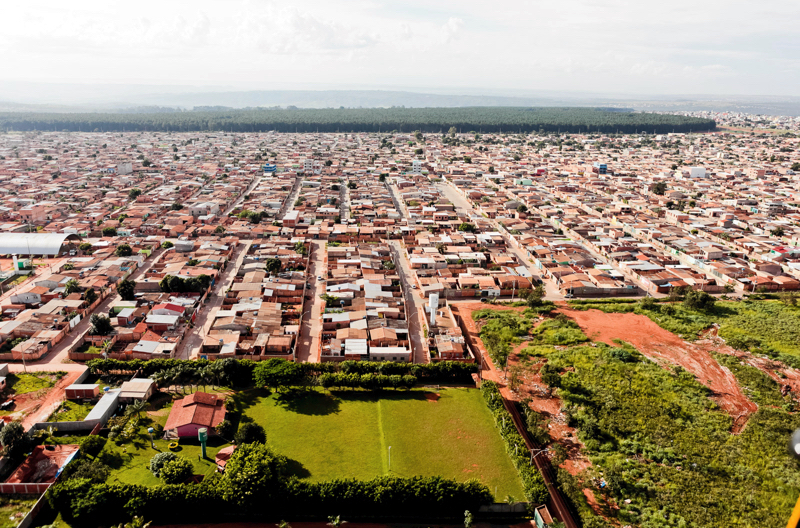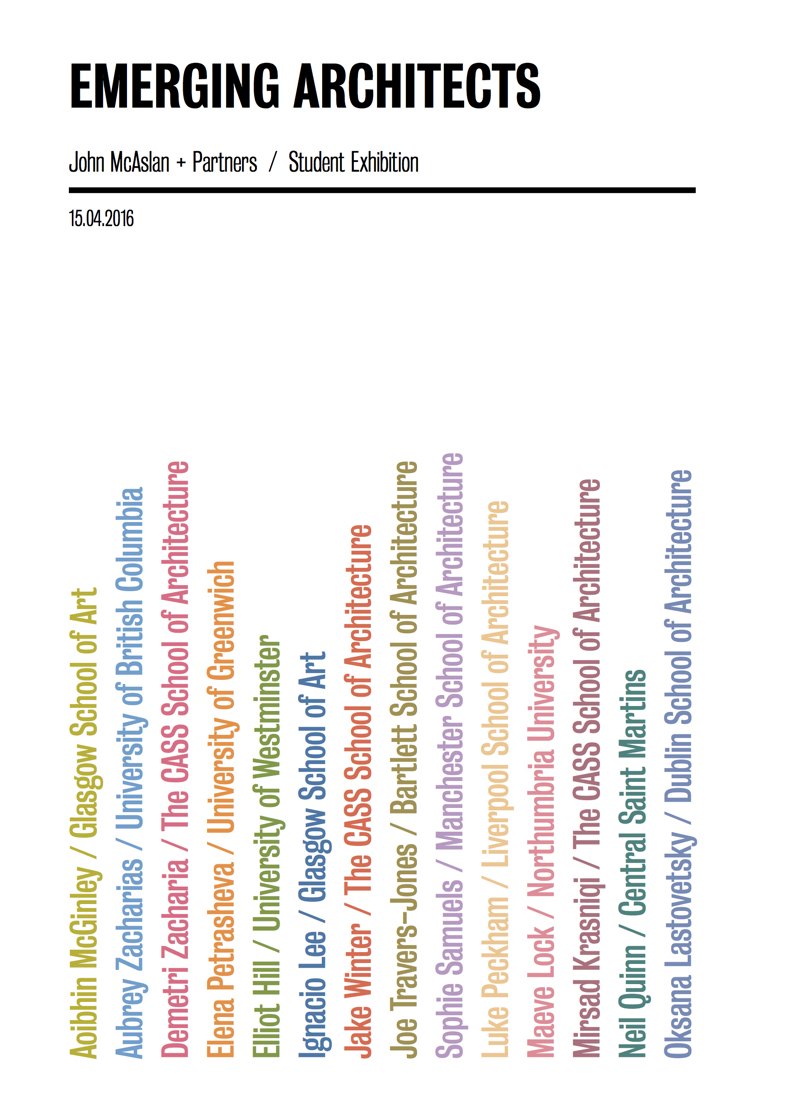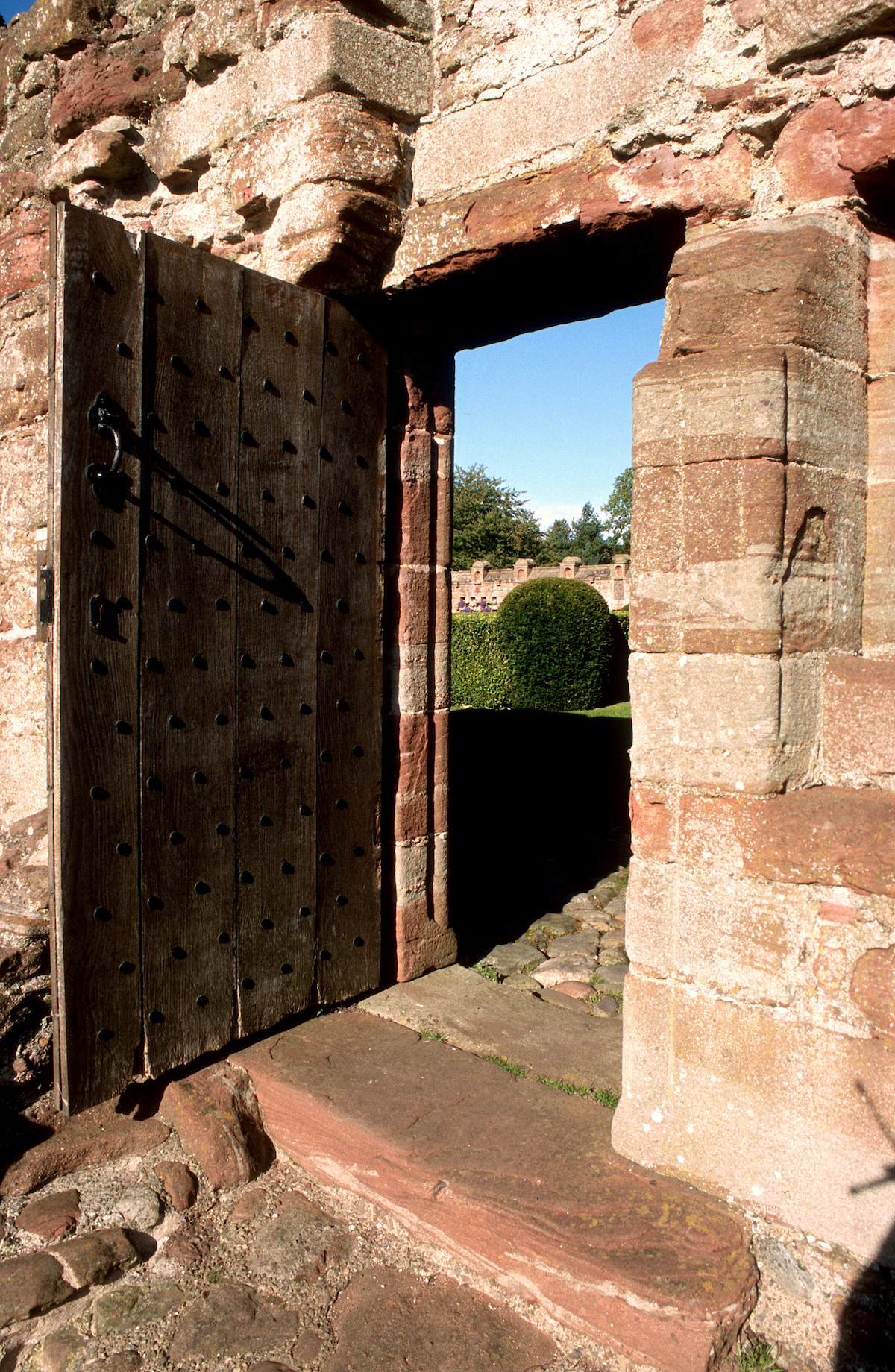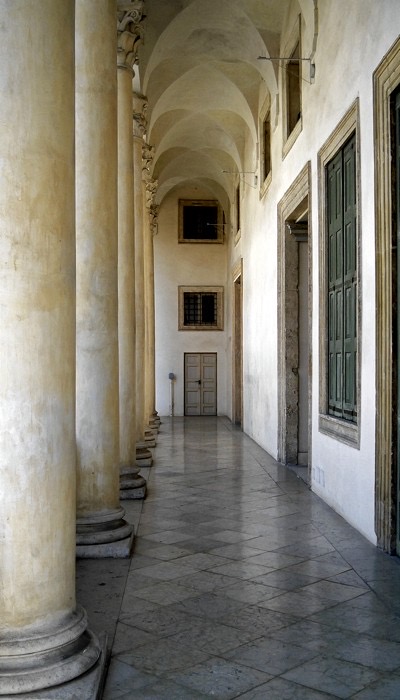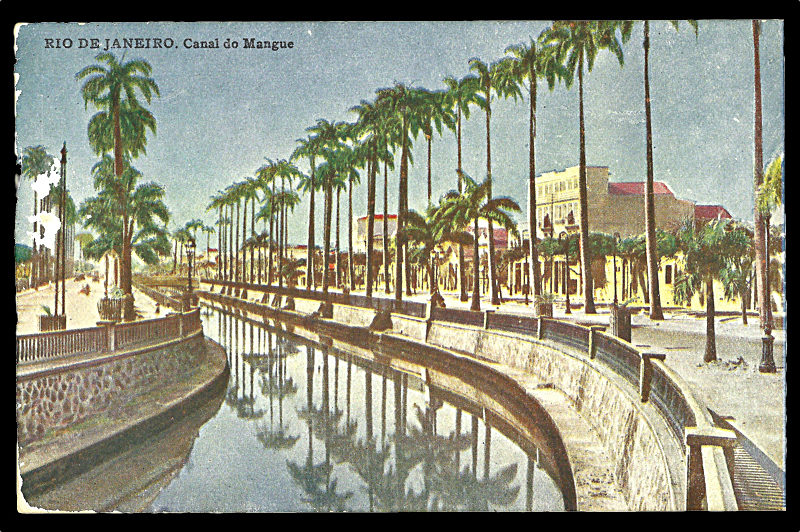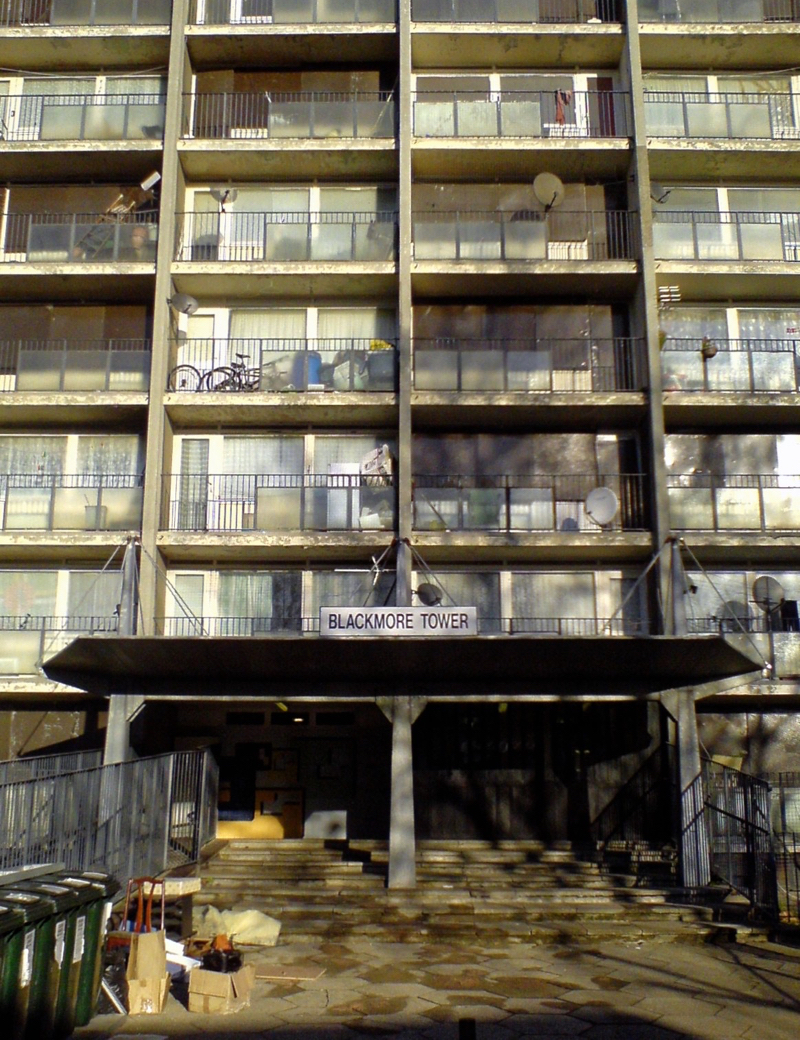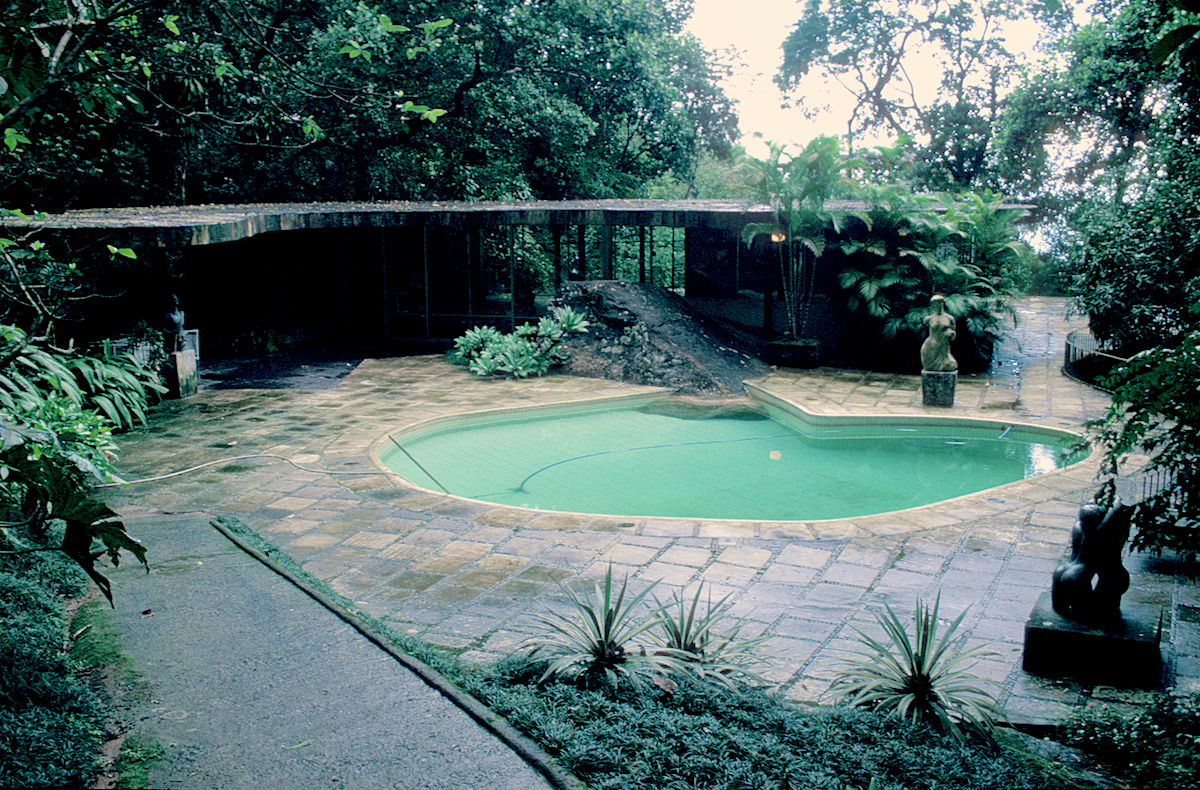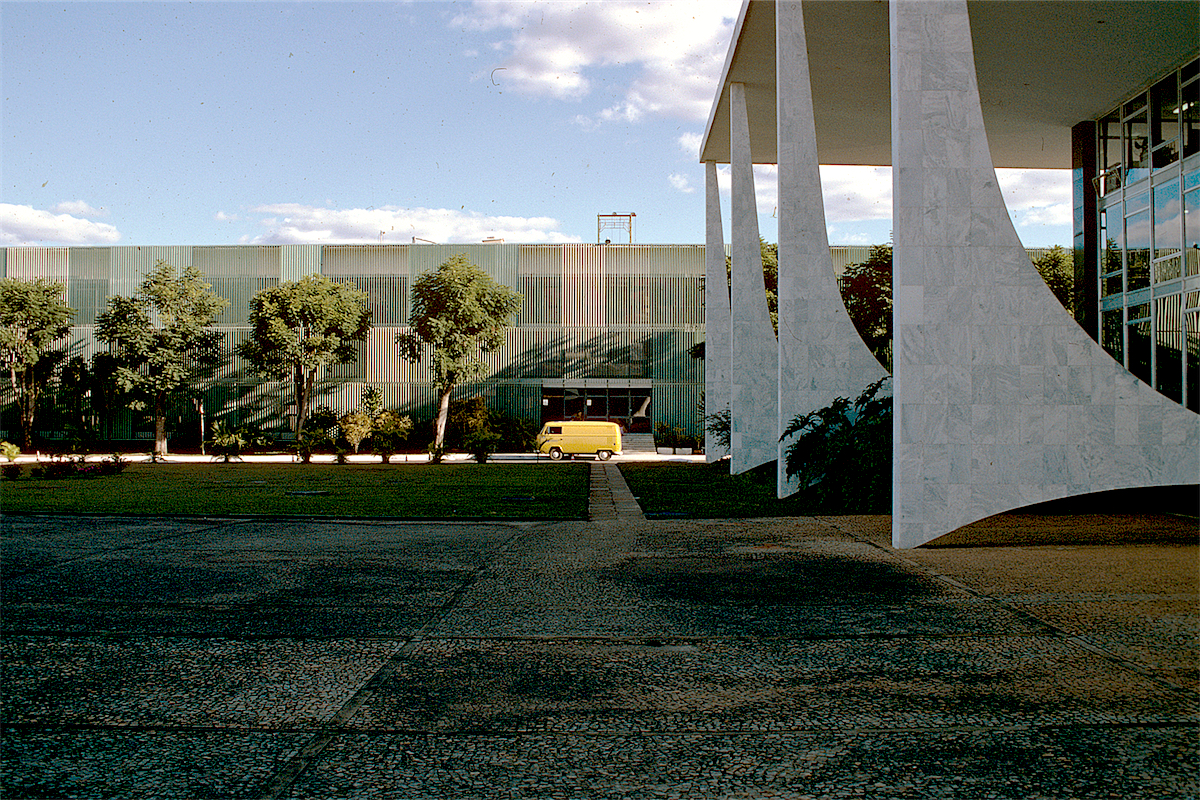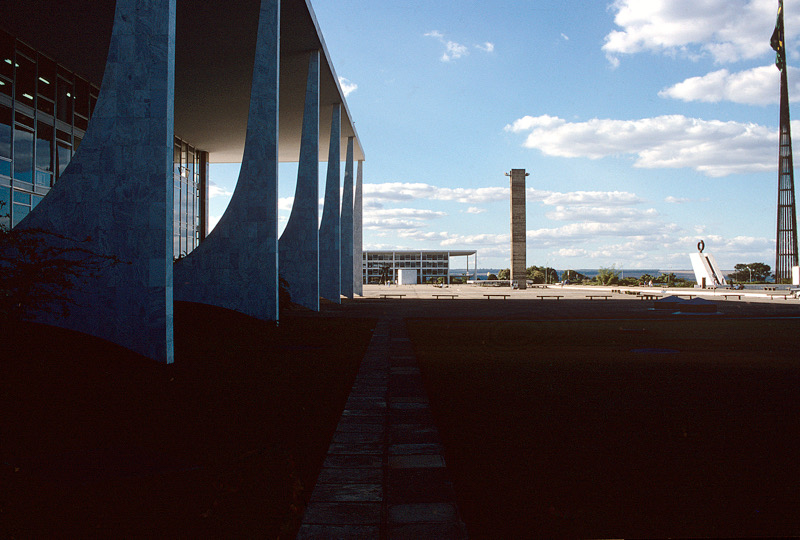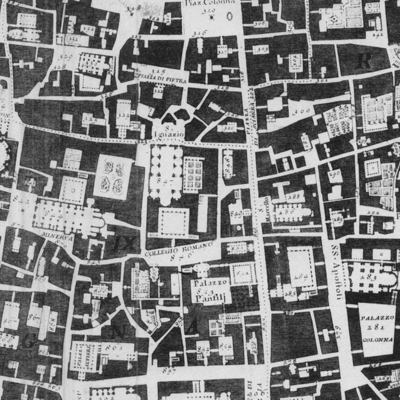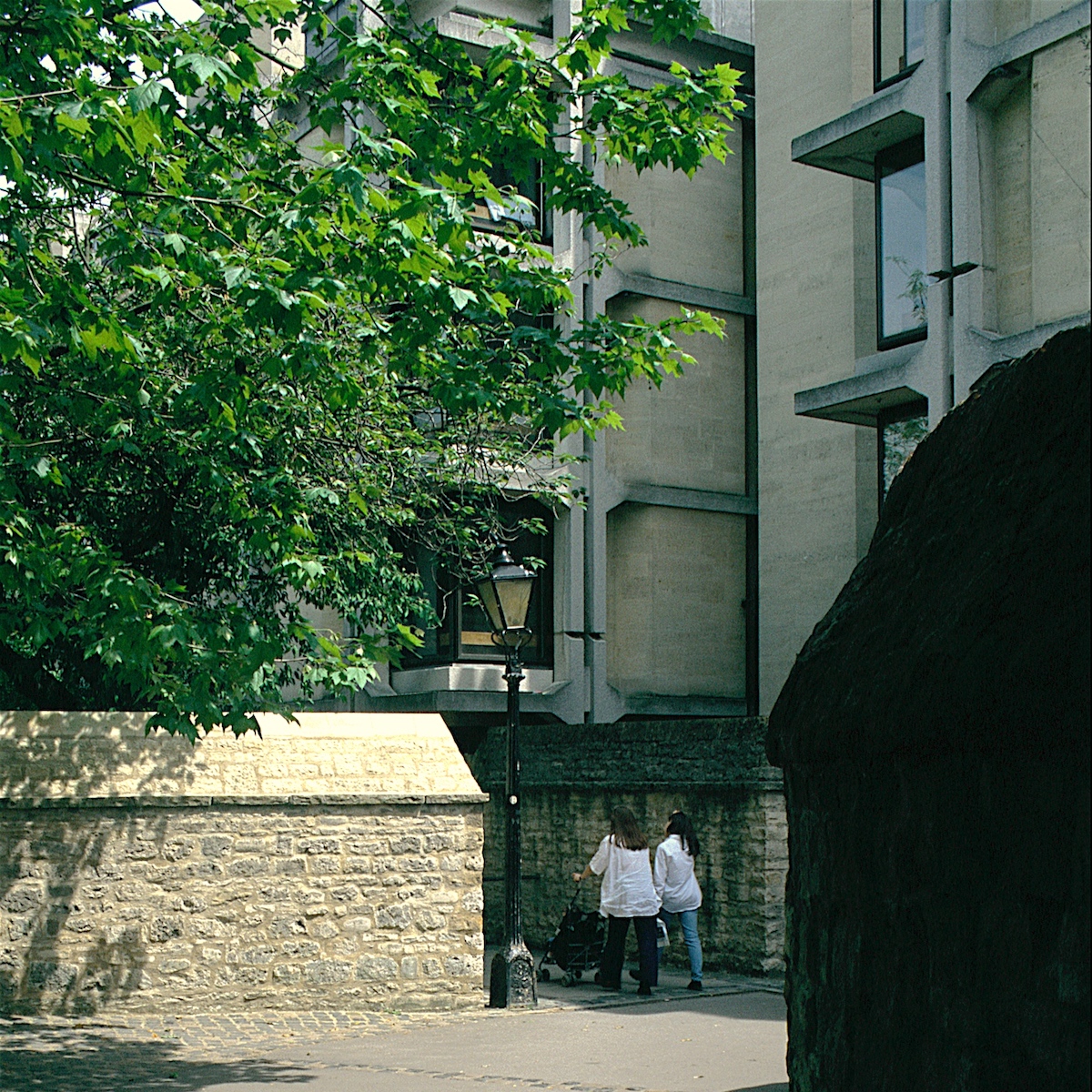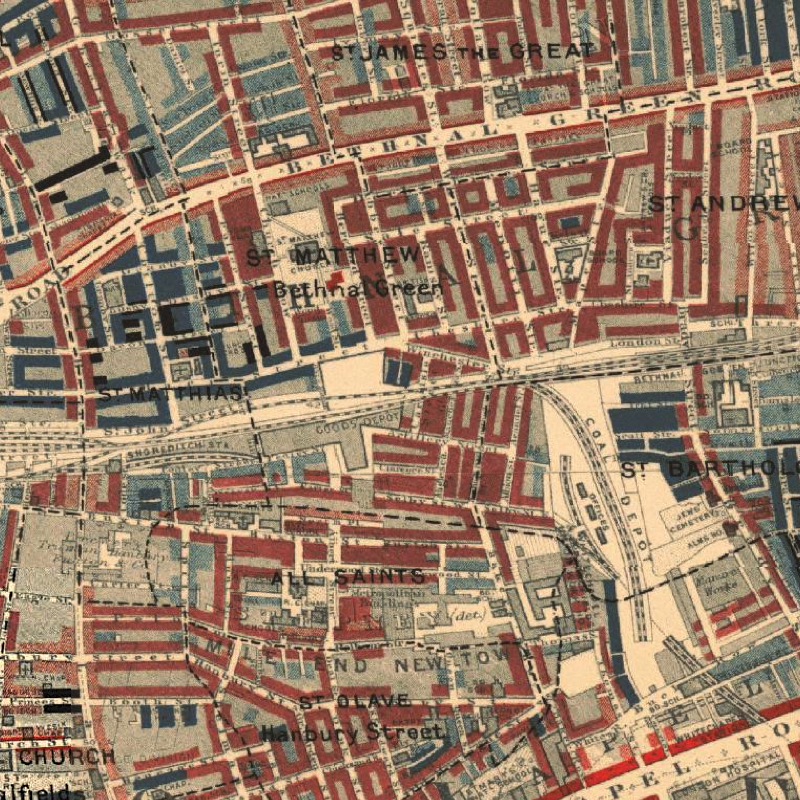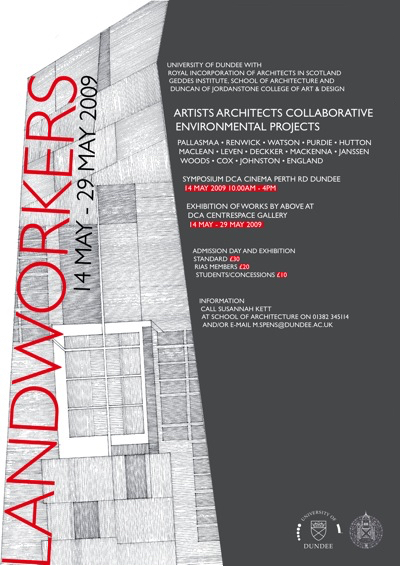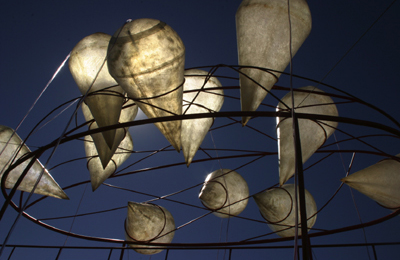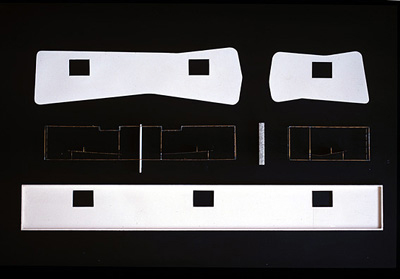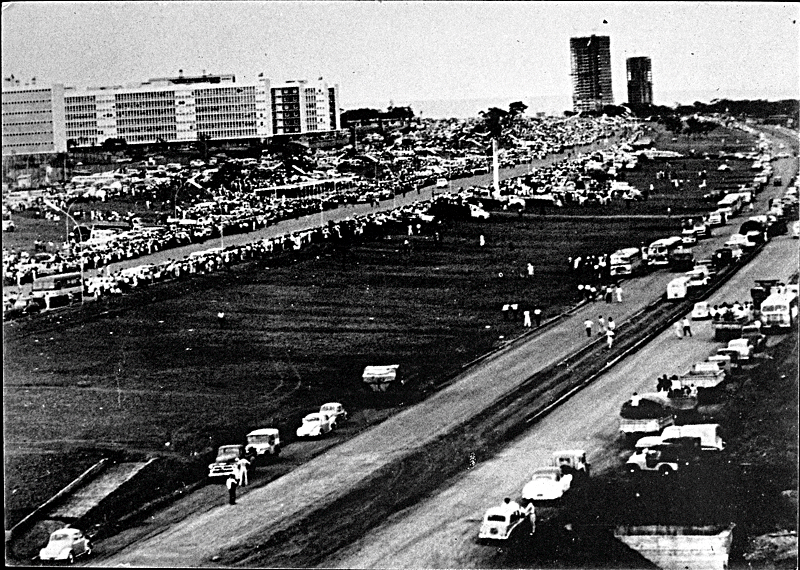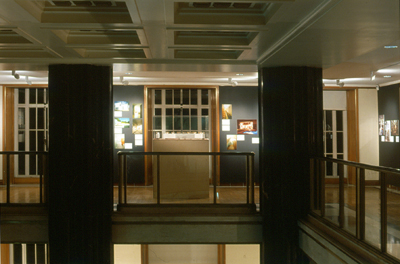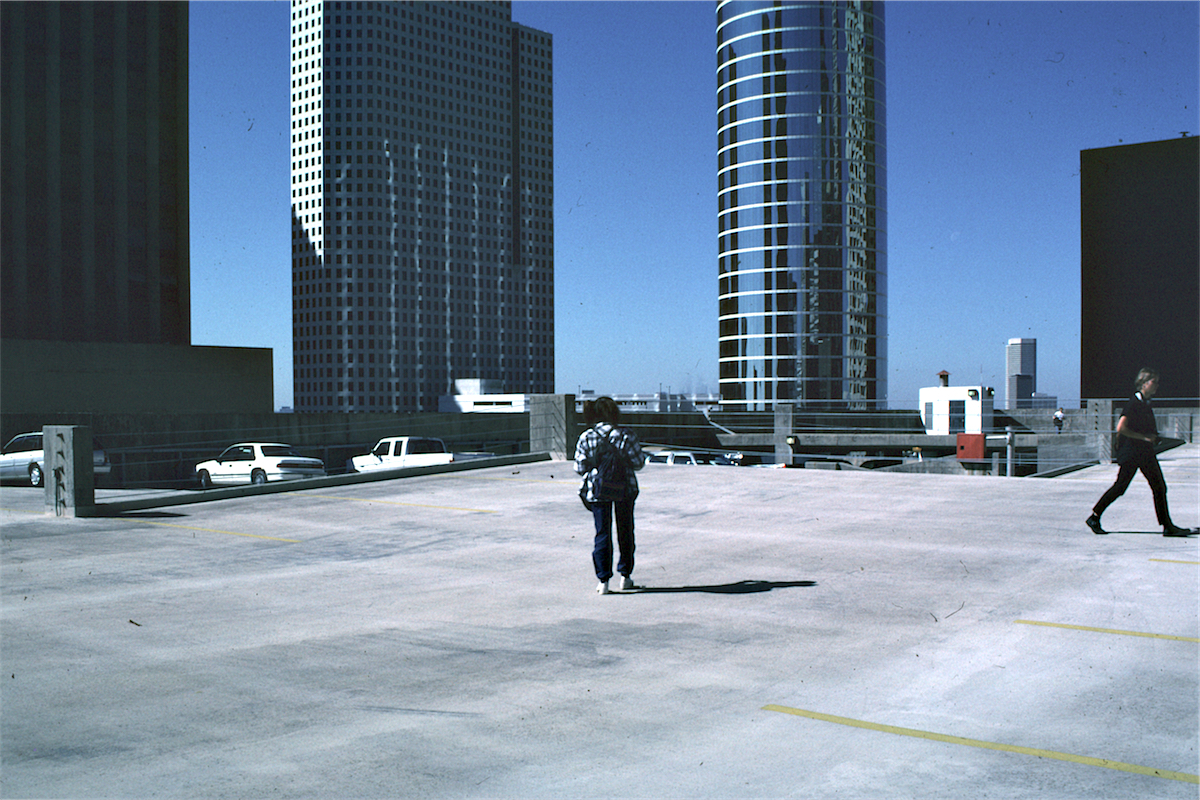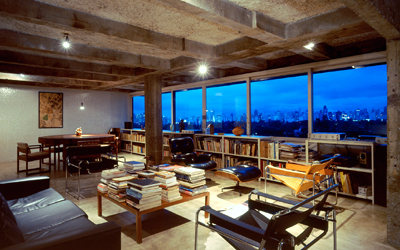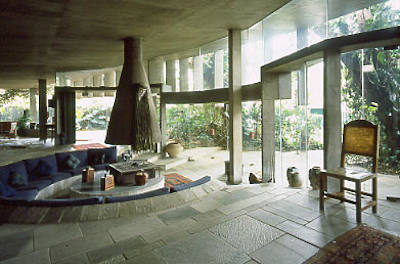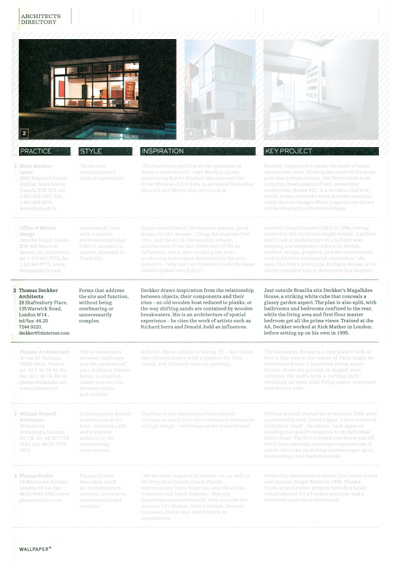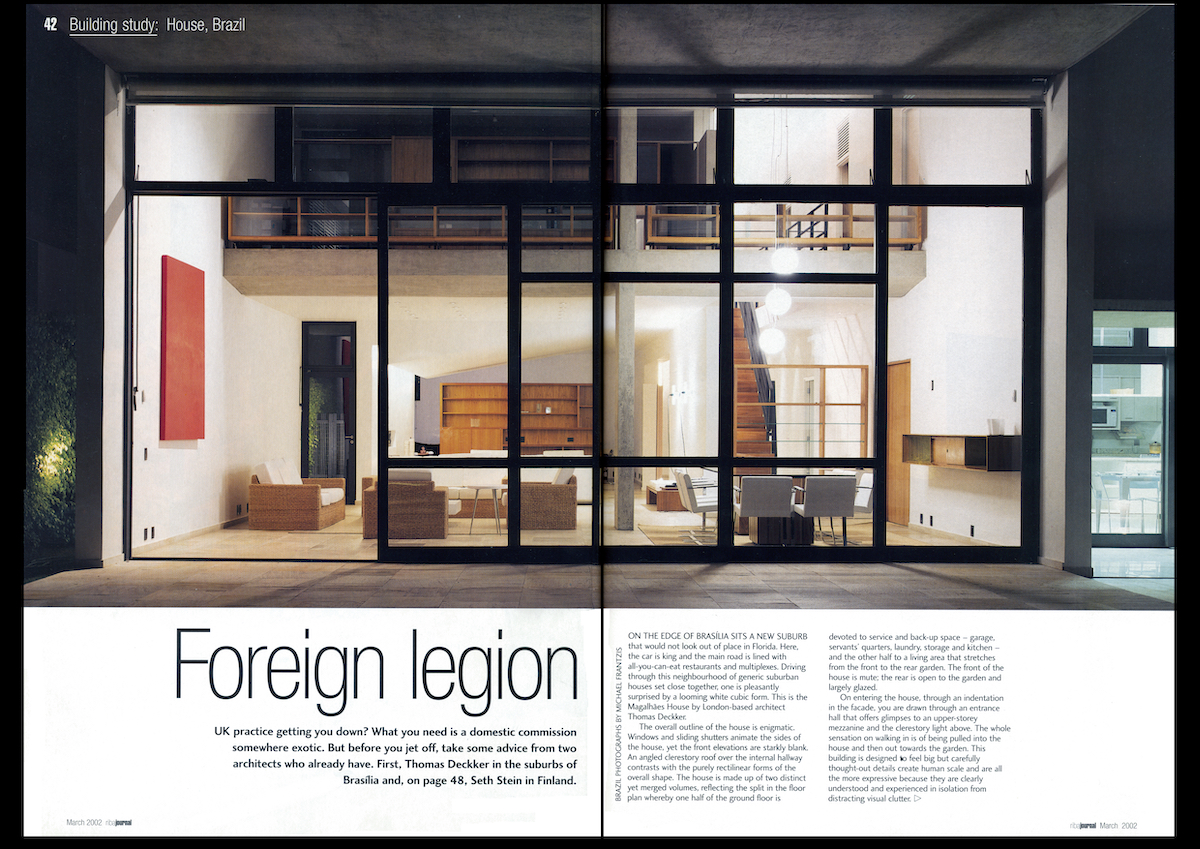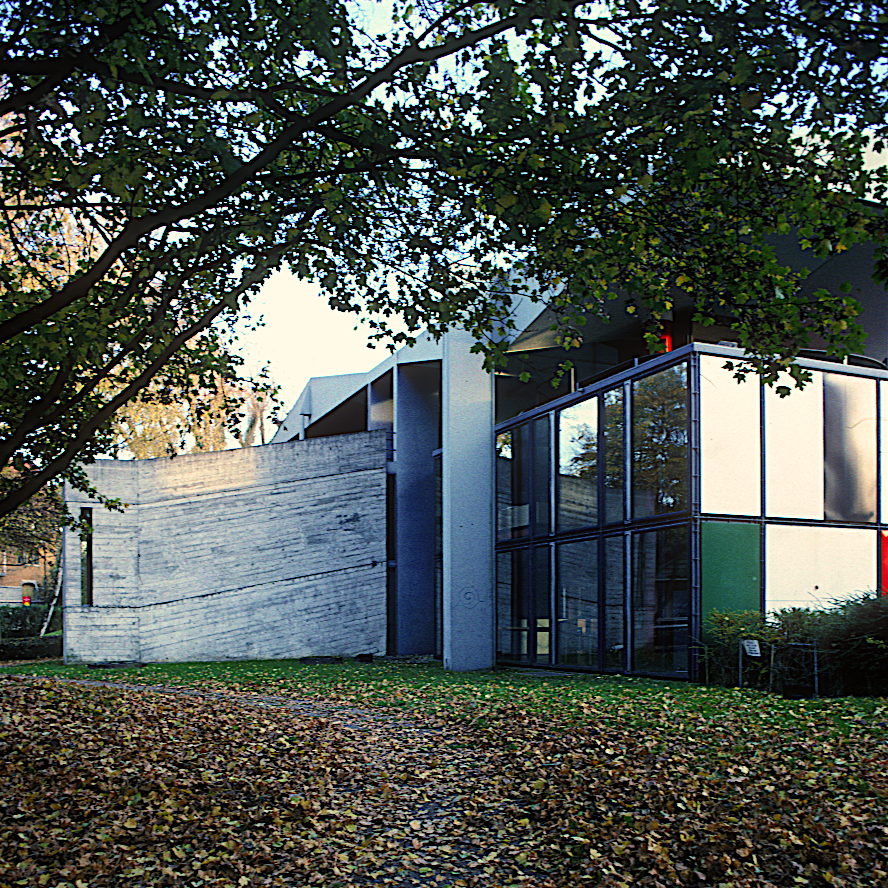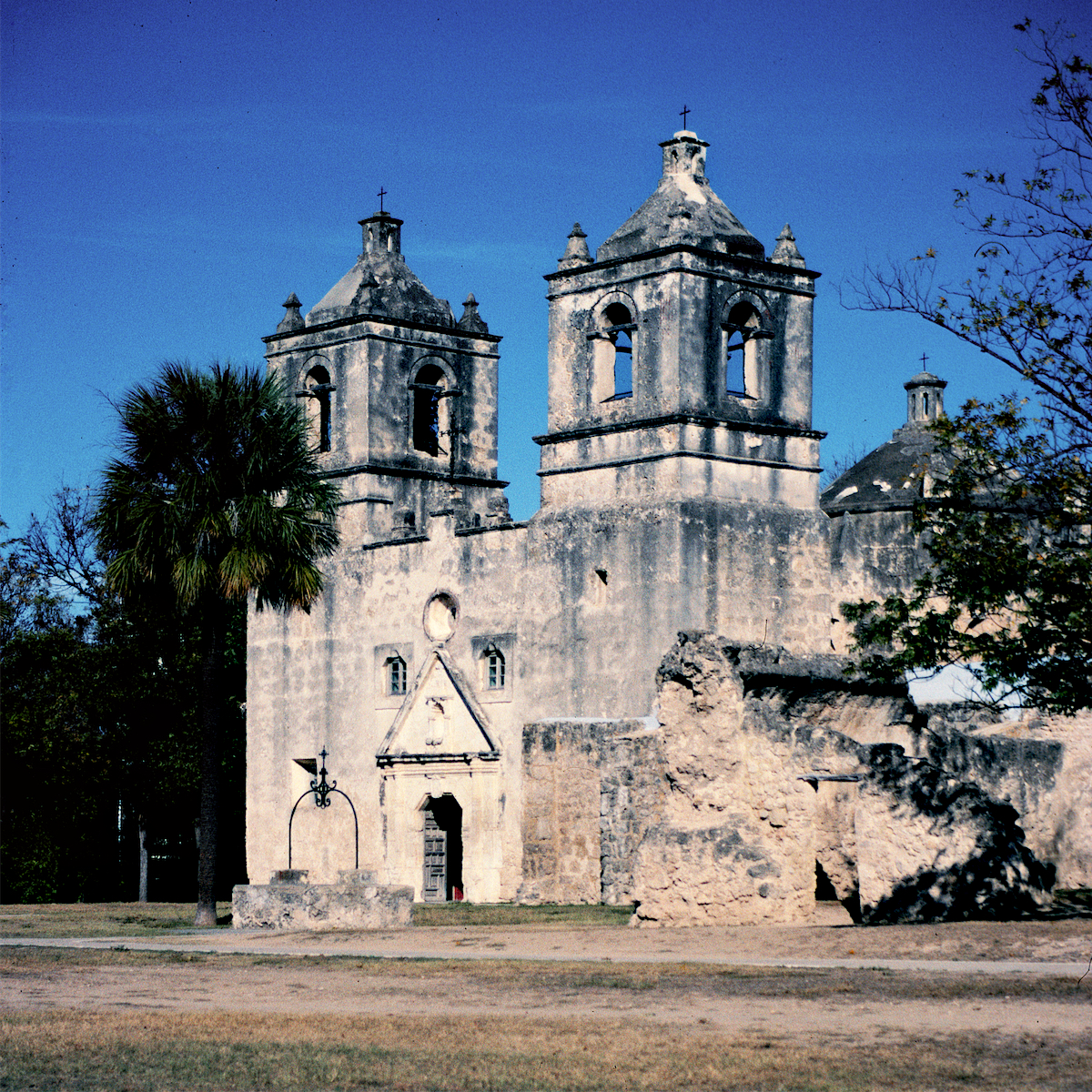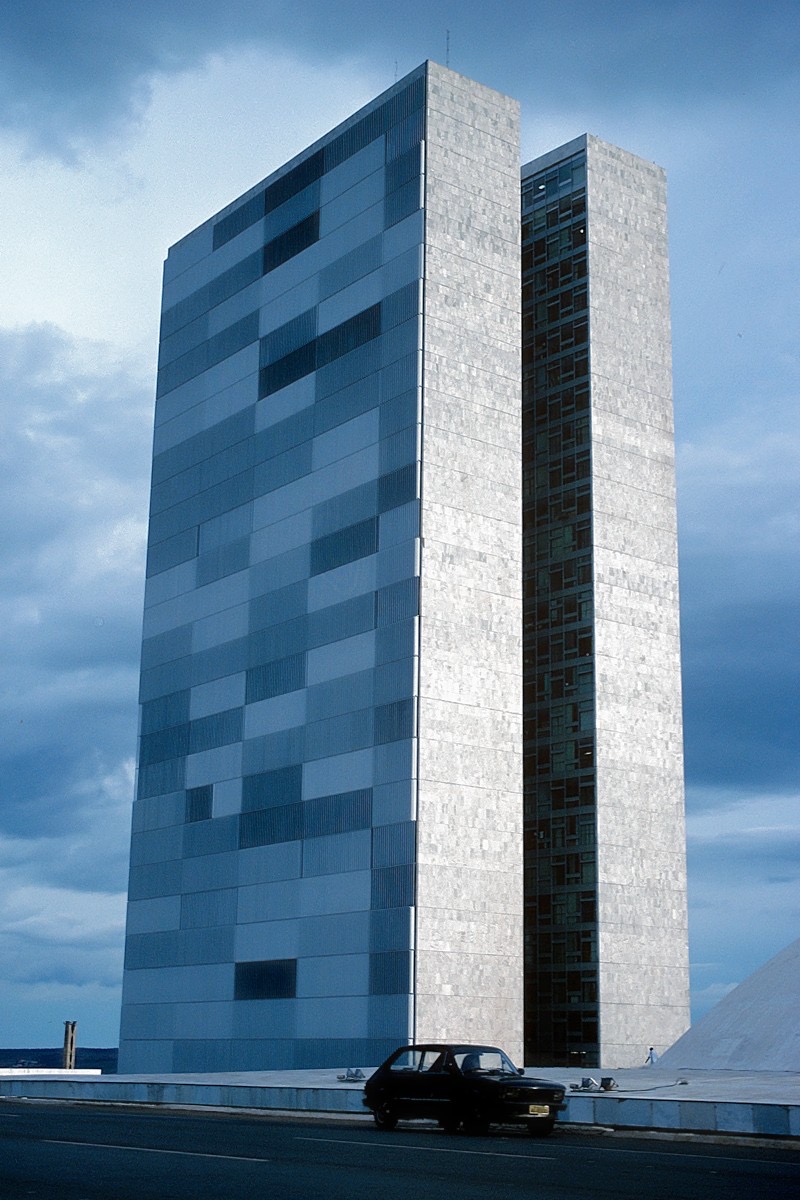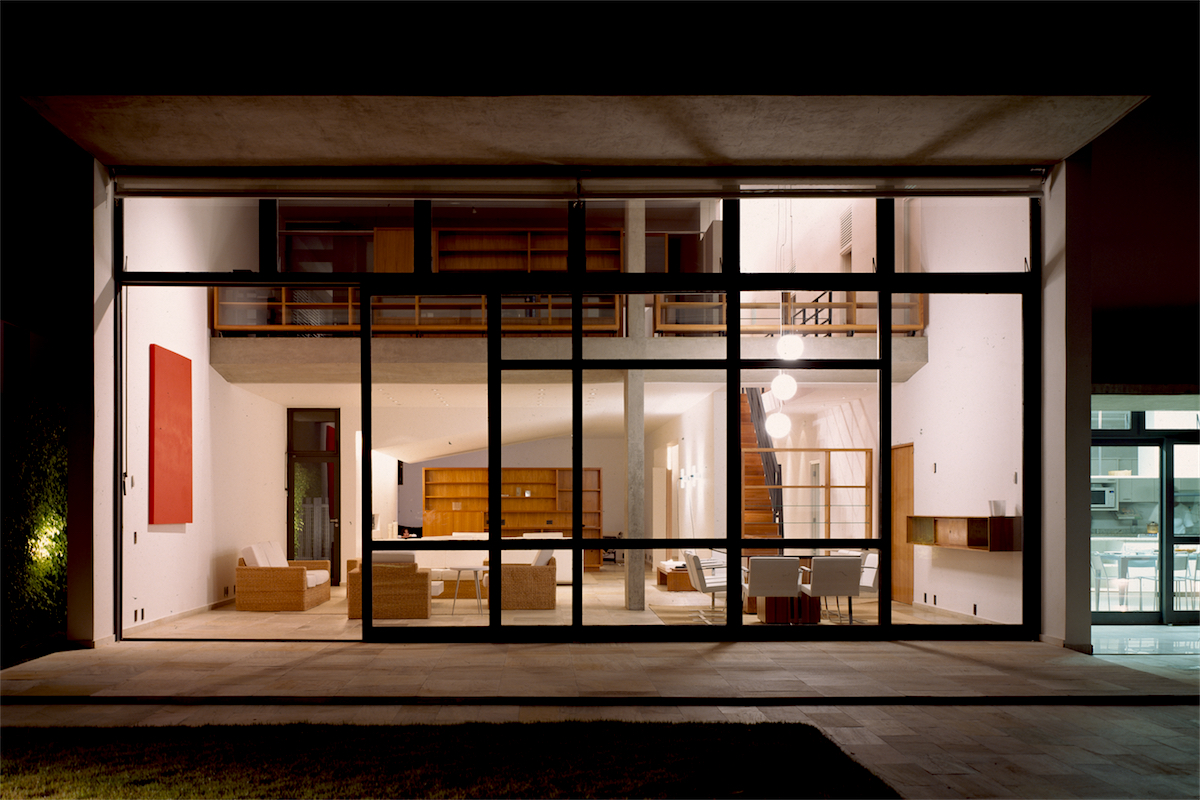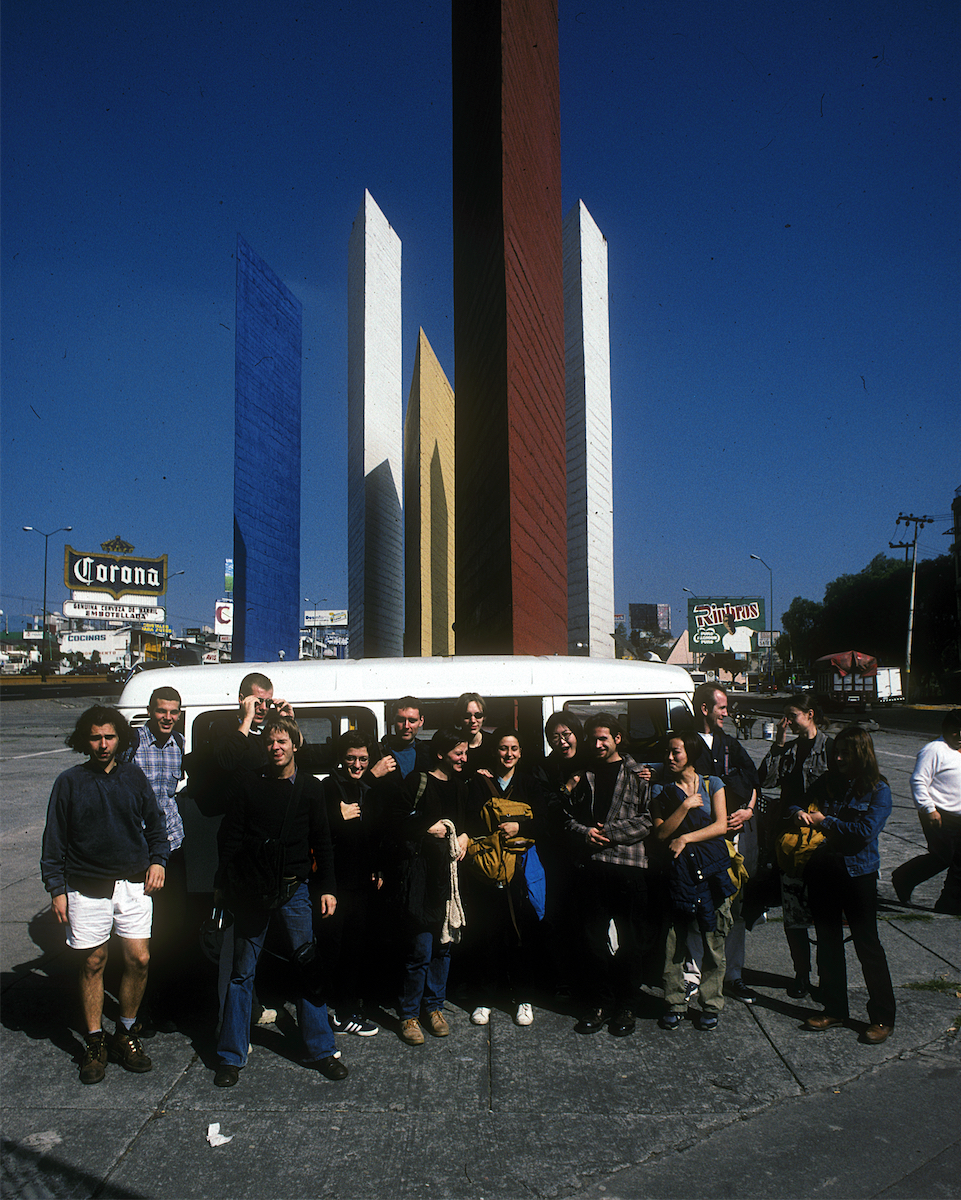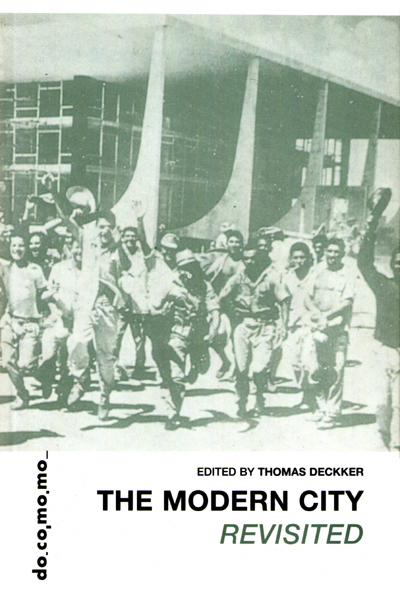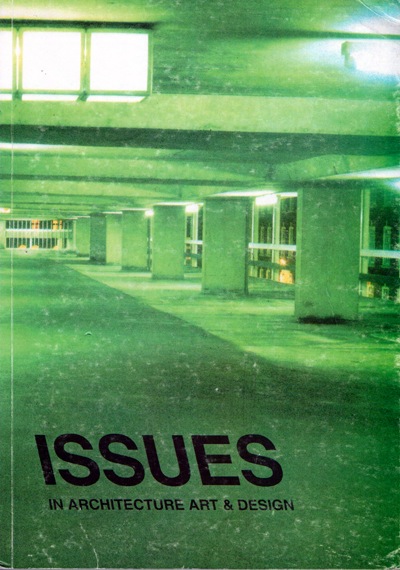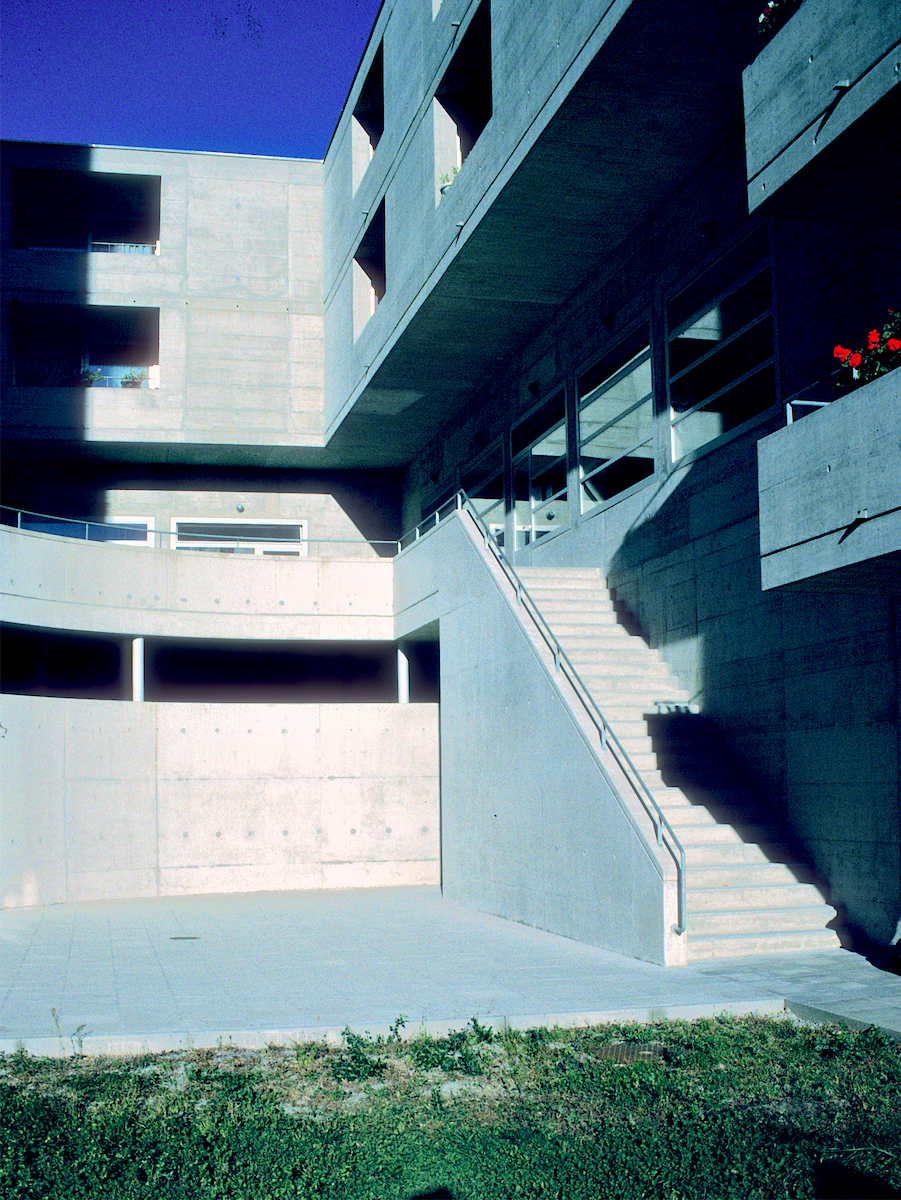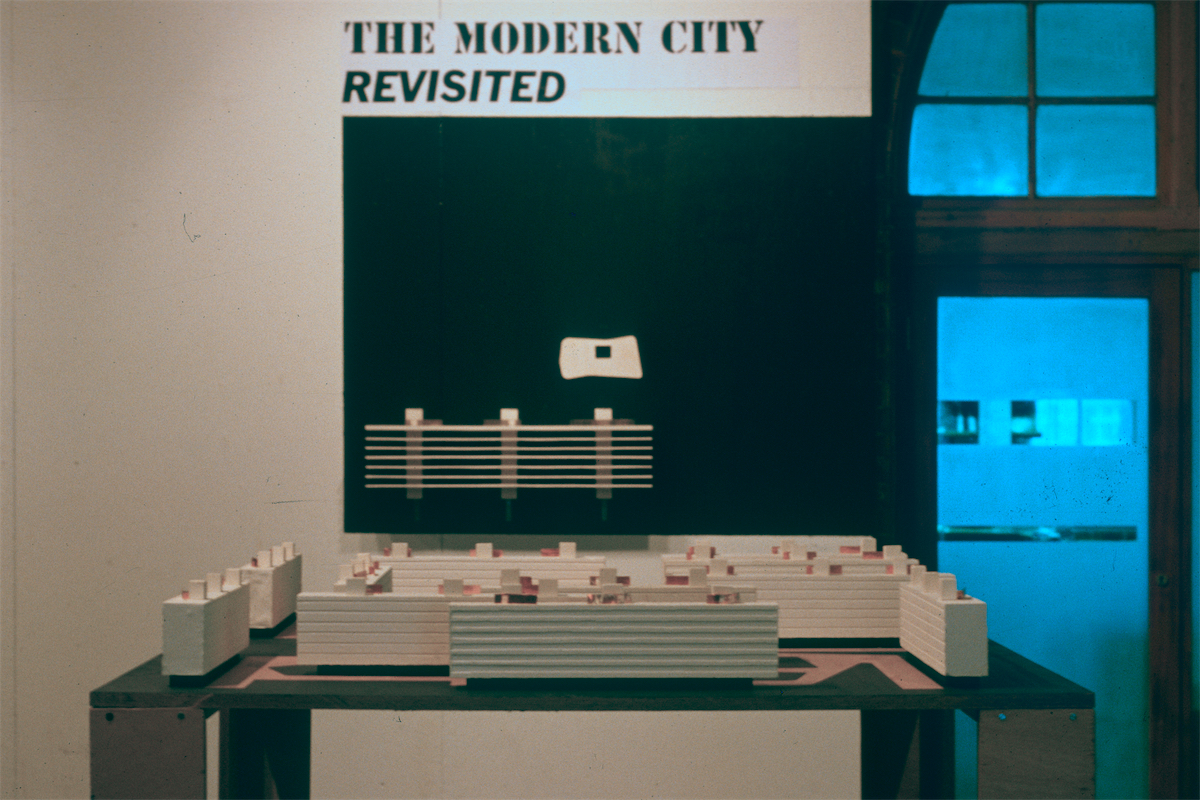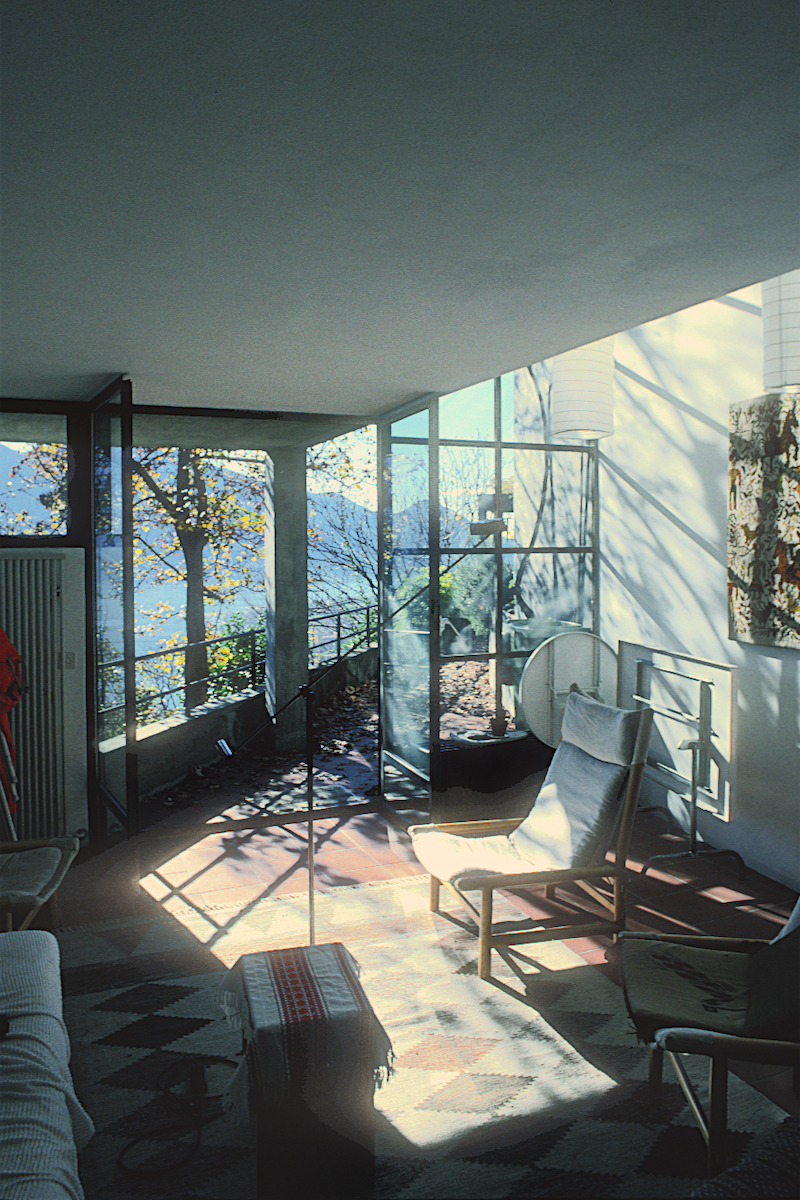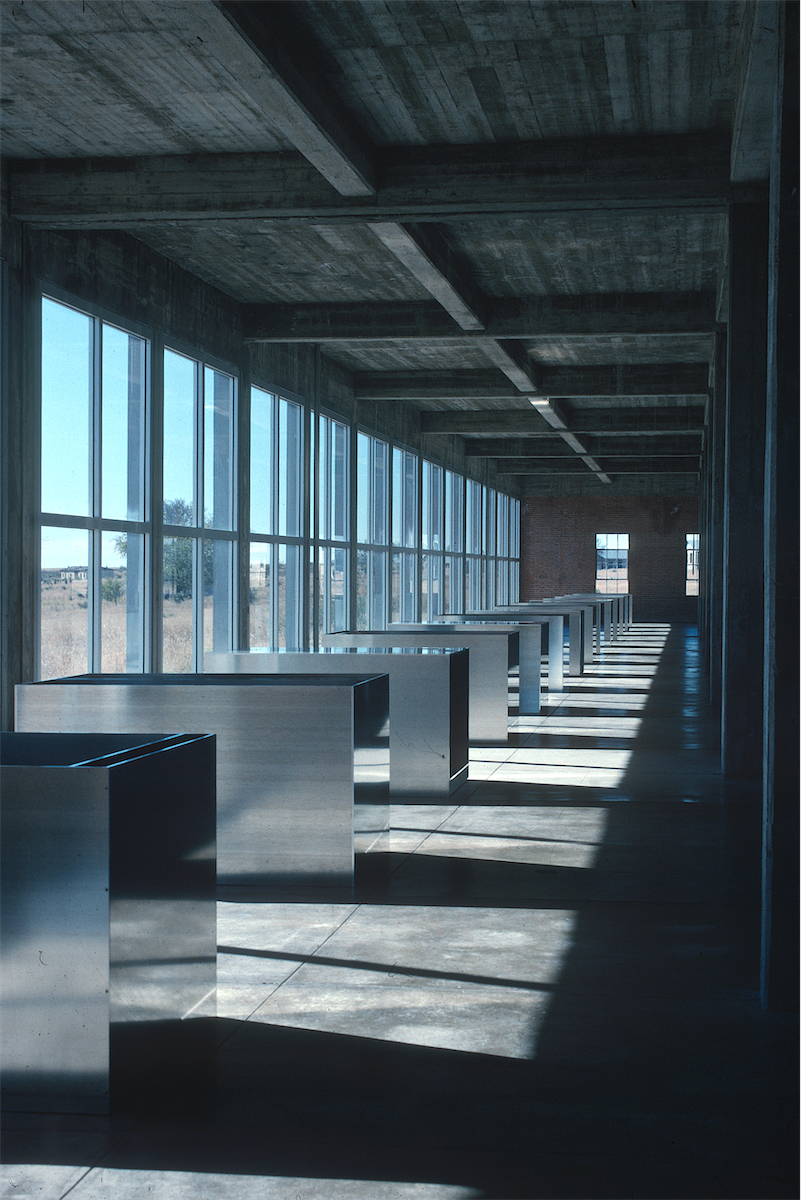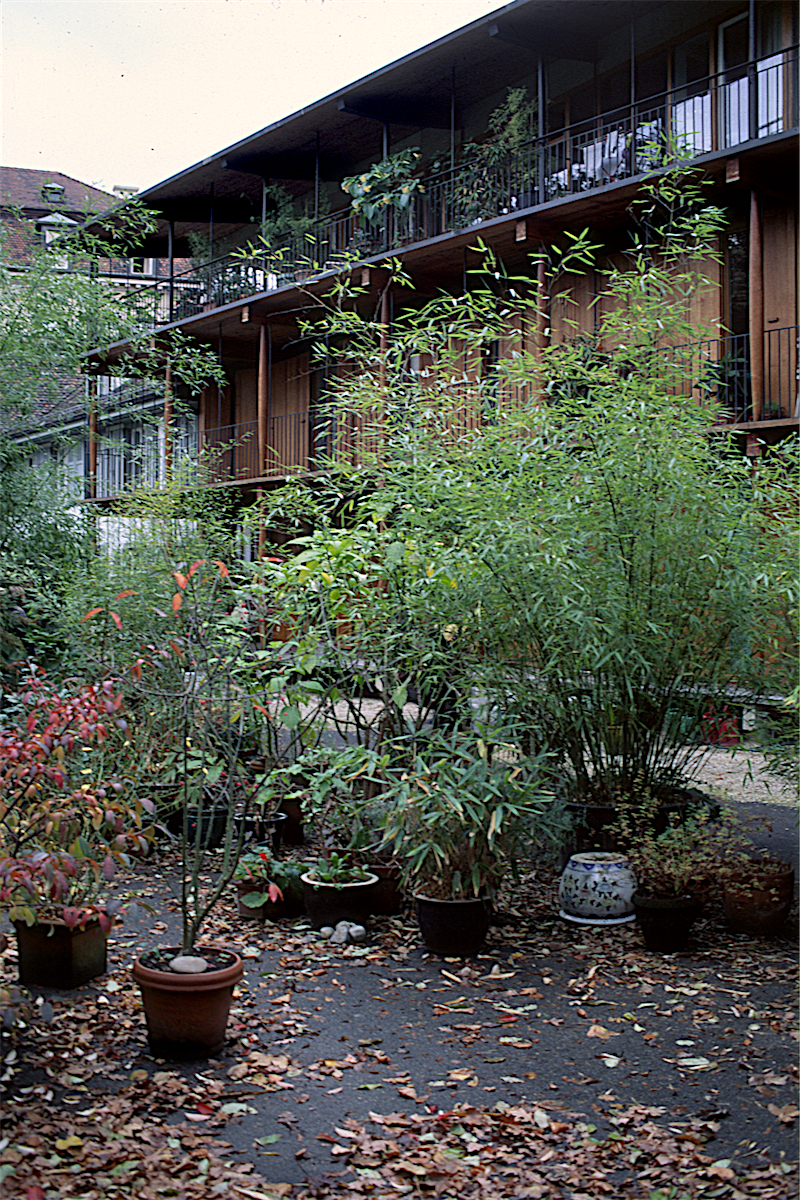The concept was derived from research undertaken by Thomas Deckker during the First International Seminar on the Teaching of the Built Environment [SIEPAC] at the University of São Paulo in 2000.
Photographs by Michael Frantzis
Architecture in São Paulo never adhered to the 'Brazilian Style', the Brazilian appropriation of European Modernism of Lucio Costa and Oscar Niemeyer in Rio de Janeiro. Instead, the city's main practitioners - Lina Bo Bardi and João Vilanova Artigas -were more in tune with the radical, post-international work of the European New Brutalists. Joaquim Guedes is from a younger generation, brought up on the later work of Le Corbusier and Alvar Aalto and the design theories of Team X. Born in 1932, his first work was the Cunha Lima House (1958), which gave him immediate recognition and numerous commissions in São Paulo, as well as the chance to masterplan several small towns in the interior of Brazil. Despite becoming Professor of Design at the Faculty of Architecture and Urbanism at the University of São Paulo in 1988, Guedes continues to practice and to design beautiful and provocative houses.
The Kerti House is part of a family of free-form buildings with which Guedes experimented during the 1970s. The living room, with its swirls and caves of space and forests of structure, contrasts with the regular rectangular forms of the private areas - bedrooms and service rooms - which line the back of the site. The boundary between inside and out is deliberately blurred by the informal wandering of the glass wall and the slightly different line of the stalactite brise-soleils. The exuberant vegetation seems to form a yet further line outside. But the overall impression is more than wilful. The forms are rooted in the existentialist philosophy of Team X and disciplined by Le Corbusier's 'Modulor' proportion system; but, above all, motivated by a great sensitivity to light, form and movement.
The house is on the edge of the 'Jardins', originally laid out as a modest Garden Suburb by Parker & Unwin in the 1920s but now the prime residential district of the centre of São Paulo. Built as a large family house in 1971 for Beatriz Kerti, it is now the residence of Marta Suplicy, the Mayor of São Paulo. She kept the main spaces of the house intact but softened them with Brazilian antiques and native objects. In contrast to the typical neighbouring North American villas, the house gives her a discrete and concealed oasis in the heart of the city.
thomas
deckker
architect
